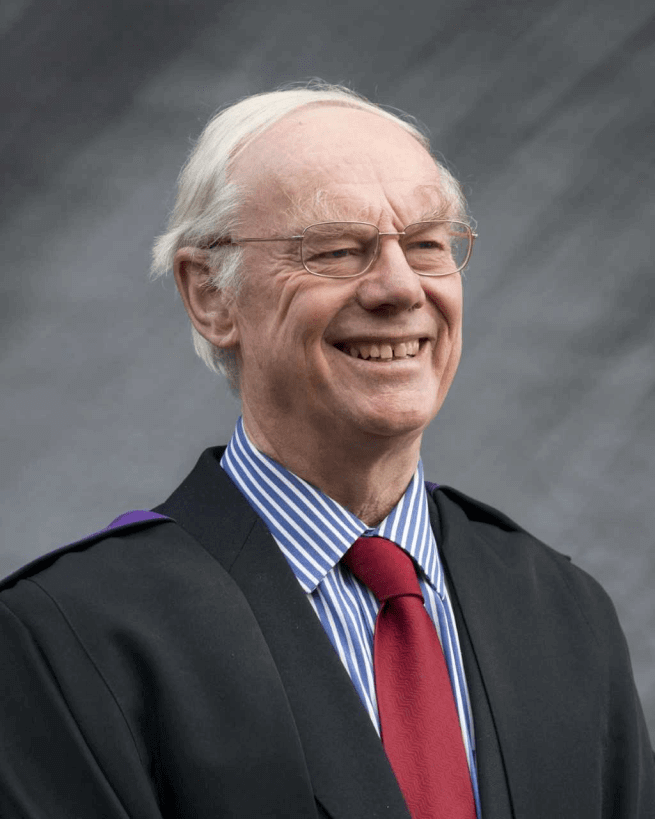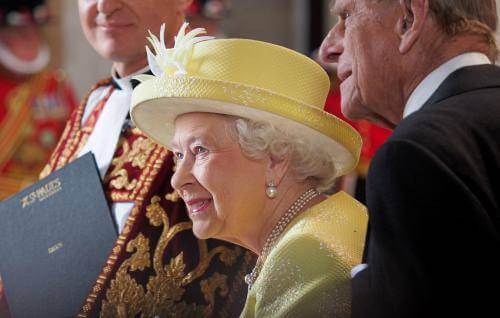The Sacred Nature of Monarchy
The Sacred Nature of Monarchy
Ian Bradley considers the sacred nature of the United Kingdom monarchy.
1. Consecrated to God
Tomorrow’s coronation of King Charles III in Westminster Abbey will underline the sacred nature of the United Kingdom monarchy.
Packed with religious symbolism, it will bind together church and state through the person of the monarch, clearly proclaim the derivation of all power and authority from God and the Christian basis on which government is exercised and justice administered. At their coronations kings and queens are not simply crowned and enthroned but consecrated, set apart and anointed, dedicated to God and invested with sacerdotal garb and symbolic regalia. Here, if anywhere, we find the divinity which, as Shakespeare observed more than four hundred years ago, hedges the British throne.
The United Kingdom is the only country which still marks the accession of a new monarch with a coronation. The other European monarchies have either never held or else discontinued them. Norway’s kings and queens undergo a ceremony of blessing in Nidaros Cathedral, Trondheim, with the royal regalia present in the church but not used in the ceremony.
The British coronation is a religious service rather than a constitutional ceremony. While details have been subtly adapted over the centuries, the basic format has remained the same for over a thousand years. The crowning of the monarch is just one of several distinct elements in the service. Others include recognition of the new sovereign by the assembled congregation; administration of oaths, committing the new monarch to govern according to the principles of justice and mercy; anointing with holy oil to symbolise the king’s consecration and setting apart; investiture with the royal regalia which include the orb and sceptre representing Christ’s sovereignty; and celebration of Holy Communion. All these elements are present in the earliest surviving order for the coronation of an English monarch, prepared by St Dunstan as Archbishop of Canterbury for the Anglo-Saxon King Edgar in 973.
2. Sacred Kingship in the Old Testament
The most solemn moment of last Saturday’s coronation, the anointing of Charles III with holy oil, was accompanied by the singing of Handel’s thrilling setting of words from the first chapter of the first Book of Kings: ‘Zadok the priest and Nathan the prophet anointed Solomon king’.
This was not the only link made in the coronation with passages in the Old Testament relating to the patriarchs and kings of Ancient Israel. Legend has it that the Stone of Destiny, on which Charles was seated when he was crowned, started life as the pillow on which Jacob slept when he had a dream of the ladder leading up to heaven as described in Genesis 28:12-17. Jacob set the stone up as a pillar to commemorate the place where God had talked to him. Later stories identify it as the pillar beside which Abimelech was crowned king of Israel and King Josiah made his covenant with the Lord to keep his commandments and statutes.
The theme of monarchy looms large in the collection of books making up the Hebrew Bible which tells of God’s dealing with the chosen people of Israel and forms the Christian Old Testament. The word ‘king’ occurs 565 times and ‘kingdom’ 163 times. Six of the so-called historical books have the monarchy as their main subject matter, including the aptly named first and second books of Kings. The life of one particular king, David, occupies more space than that of any other figure, including the great patriarchs, Abraham and Moses.
The Old Testament establishes the principle that the king rules by the grace of God and represents and reflects divine rule in terms of justice, order and mercy. At its heart is a three-way covenant between God, monarch and people which has remained a fundamental principle of the Christian understanding of monarchy.
3. A Servant King
The theme of kingship, so fully explored in the Old Testament, continues to figure prominently in the New Testament. Its central focus is on the Kingdom of God, inaugurated and proclaimed by Jesus, with its dethroning of the rich and powerful and exaltation of the humble and meek.
All four of the Gospel writers use royal titles and monarchical allusions in their descriptions of Jesus. He is identified as the anointed king, Christos in Greek, leading his followers to be known as Christians. Born in Bethlehem in the house and family of King David and identified at his baptism by God as his beloved Son, he is portrayed as the promised Messiah, long expected by the Jews, raised up by God to deliver Jerusalem from where he will reign, bringing about a new world order of justice and righteousness. Right up to his trial and crucifixion for being ‘King of the Jews’ the royal theme runs as a clear thread through his life and death.
Jesus himself radically redefines the concept of kingship. This is signalled most dramatically by his choice of a donkey on which to make his entry into Jerusalem on the first Palm Sunday. He deliberately opts for an animal associated with humility, humiliation even, rather than a proud charger or stallion more fitting for a king on a triumphal progress. In washing his disciples’ feet on the first Maundy Thursday, he further shows that he is first and foremost a Servant King. When Pontius Pilate repeatedly asks him whether he is indeed the King of the Jews, he gives the cryptic answer 'You have said so'. Jesus never repudiates the idea of kingship but gives it a wholly new meaning of humble servanthood which has been the inspiration for Christian monarchy ever since.
4. Church, State and Kingship
With the coming of Christianity into the British Isles from the fifth century, the sacred nature of monarchy was reinterpreted and reinforced by the incorporation of insights and practices from the Old and New Testaments.
Kings were among the first converts to the new religion, being targeted by the early missionaries who realised that in tribal and hierarchical societies the way to reach people was through their rulers. For monarchs, whose subjects often followed them in mass conversions and baptisms, Christianity brought the promise of salvation and a kingdom in heaven as well as on earth, divine protection and the expectation that in war God would give them victory over heathen enemies. The church offered legitimation and rituals of inauguration and blessing as well as providing a new cadre of learned men who could write and record events, flatter their royal patrons and help them to frame laws and promote order and stability. In return, kings provided land, substantial endowments and protection to monasteries and churches.
These mutual benefits to crown and church are well illustrated in the life and deeds of the first English king to convert to Christianity. Aethelbert, who ruled Kent from 587 to 616, seems to have come to faith through a combination of the influence of his wife, Bertha, the daughter of a Frankish Christian king, and the preaching of Augustine, who arrived in Thanet in 597, having been sent from Rome by Pope Gregory. According to one account, 10,000 of Aethelbert’s subjects followed him in converting and underwent a mass baptism. Among his first actions as a Christian king were to issue the earliest set of laws in the English language and to grant land to Augustine on which to build an Abbey in Canterbury, the forerunner of Canterbury Cathedral. It was the beginning of the close relationship between church and crown that has persisted ever since.






